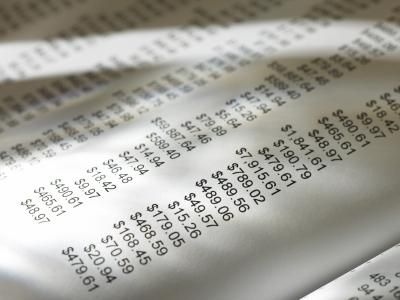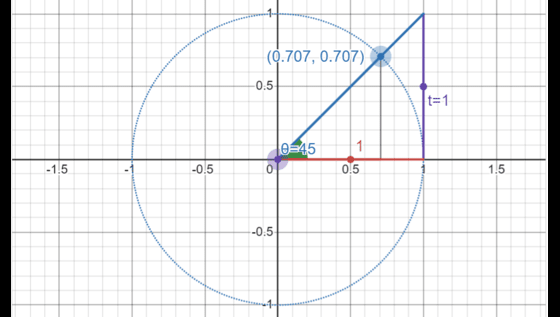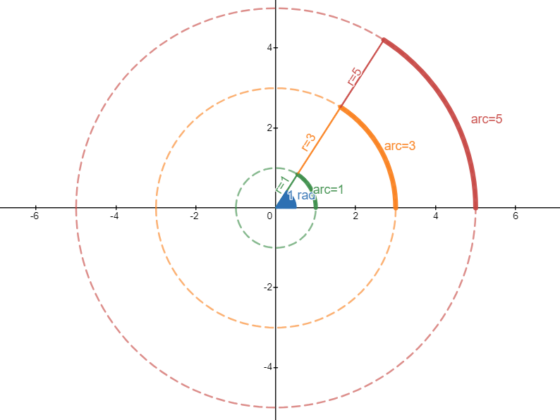Overview: Statistics Are Not Lies
The use of statistics has really gotten a bad name. No less a personage than Mark Twain once said something about lies and statistics, and every day some advertiser makes a claim that uses numbers but cannot be verified, or someone reporting the news uses a statistic that makes listeners shake their heads. Then, there were all the hanging chads and statistical anomalies of the Bush-Gore election. However, statistics can be used ethically, honestly, and as an aid to research. It’s best to remember three simple rules: know the population, remember the limitations, and correlation is not causation.
Know the Size of the Sample
When any statistical claim is made, it’s best to look carefully at the population behind it, both the size of the sample, and who or what makes up the sample. If the size of the sample is small, the statistics aren’t that meaningful. If the ad campaign states that Superwhite Toothpaste is the best around, and 4 out of 5 dentists agree, it’s not as believable if the ad manager asked 20 dentists in one dental building, and offered them free samples for life if they said their product was the best. Eighteen of those 20 saw a way to cut costs, and agreed to the program. There are a lot of dentists practicing all over, and while it isn’t practical to poll every dentist, there should be enough in the sample to make the claim meaningful. Also, if it’s clear that there was a kickback involved, it’s best to steer clear of those numbers.
Know What Is Being Said
Statistics are tools to make sense of data. They are not the entire argument, and it is important to use them as they should be, and not modify the data to fit a preconceived plan. In addition, if the differences are really small between percentages, it does not make sense to say that the treatment is “approaching significance.” It could be avoiding significance instead. When the percentage difference is so small between candidates before an election that they are essentially tied, the election could go either way, and often does.
Correlation Is Not Causation
When two things are correlated, it means that there is some sort of a relationship between them, not that one causes the other. Very often, two things are in relationship because something else is causing both of them. For example, some students who get high grades in math also get high grades in English. The two things are correlated, but that doesn’t mean that getting a high grade in math will cause a high grade in English. Both the high grade in math and the high grade in English come from working hard and learning the material.
Honesty Is Really the Best Policy
It can be a temptation to lie with statistics. The history of science is full of hoaxes, milked data, and falsified experiments. Persuasive claims are made for this product, or that treatment, that are harmless at best, and downright destructive at worst. It helps to be able to read behind the data and to know what statistics can and cannot do. When statistics are misused, it is often because the size of the population is smaller, the data have been massaged, or that one variable doesn’t cause another
Interested in statistics tutoring? Learn more about how we are assisting thousands of students each academic year.
SchoolTutoring Academy is the premier educational services company for K-12 and college students. We offer tutoring programs for students in K-12, AP classes, and college. To learn more about how we help parents and students in Allentown, PA visit: Tutoring in Allentown, PA




